OpenAI made waves on Thursday with the unveiling of its groundbreaking text-to-video model, Sora, capable of generating minute-long videos based on user prompts, sparking a flurry of reactions online. While AI enthusiasts lauded its potential, concerns surfaced over its potential impact on human employment and the exacerbation of digital disinformation.
OpenAI CEO Sam Altman showcased Sora’s capabilities with videos ranging from aquatic cyclists to cooking demonstrations, eliciting awe and apprehension. Notably, the company emphasized that Sora won’t be immediately available to the public, instead seeking feedback from the AI community. Despite its impressive realism, Sora may falter in capturing complex scenes accurately, leading to logical inconsistencies or morphological distortions.
As concerns mount over deepfaked media’s proliferation, regulatory bodies like the Federal Trade Commission propose rules to combat AI-driven impersonation fraud. OpenAI vows to address potential harms by collaborating with experts and developing detection tools, highlighting the ethical and safety challenges of advanced AI technologies.
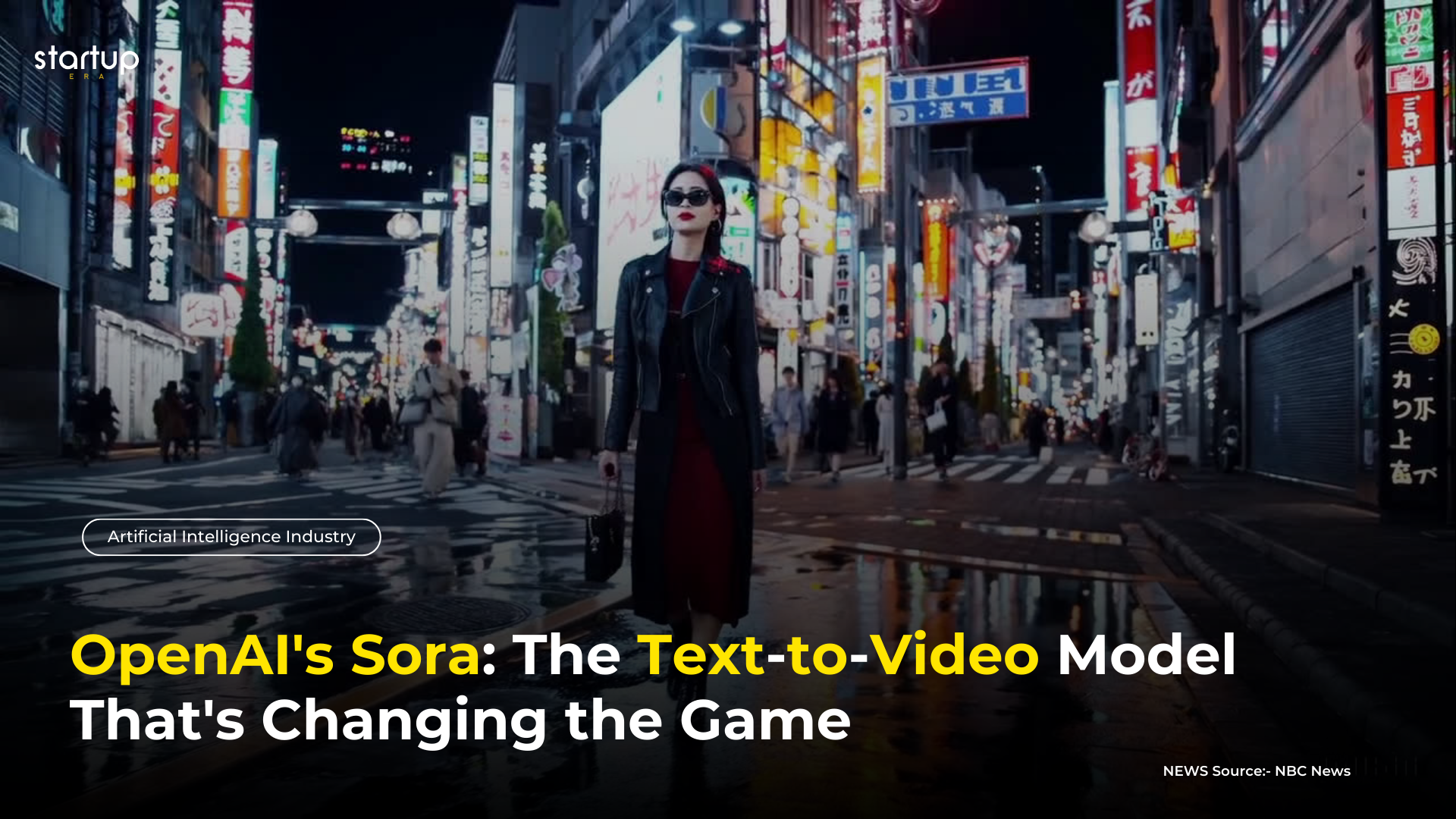
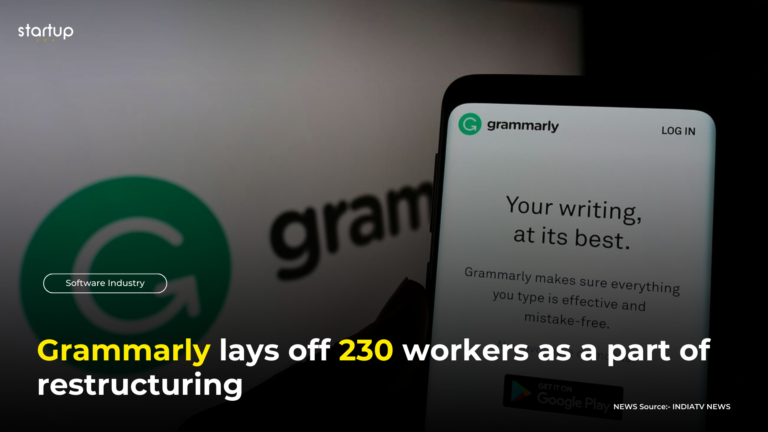
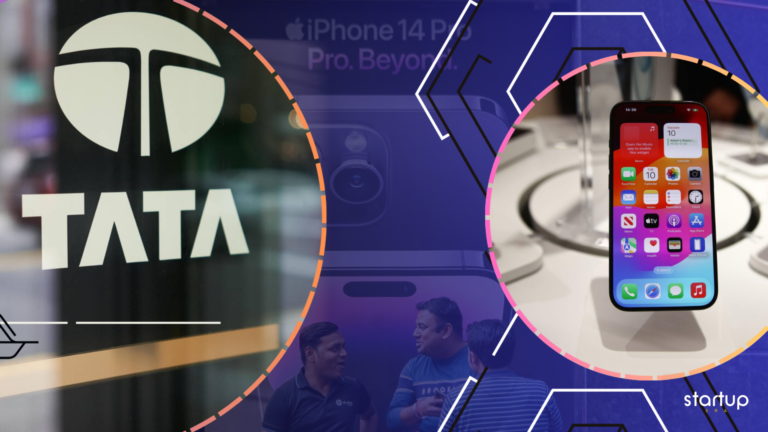



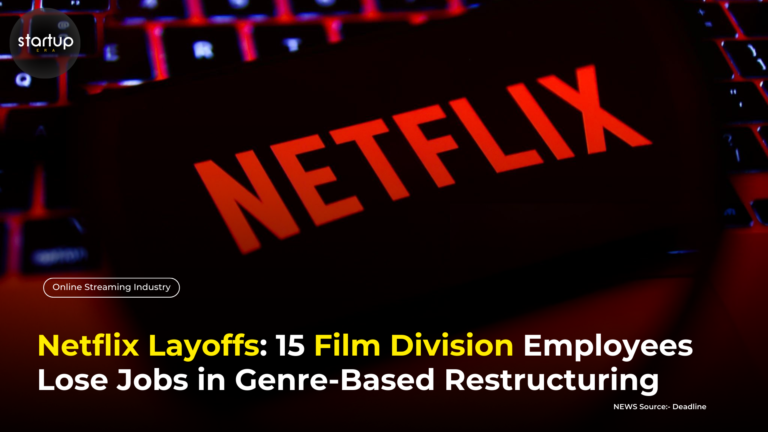




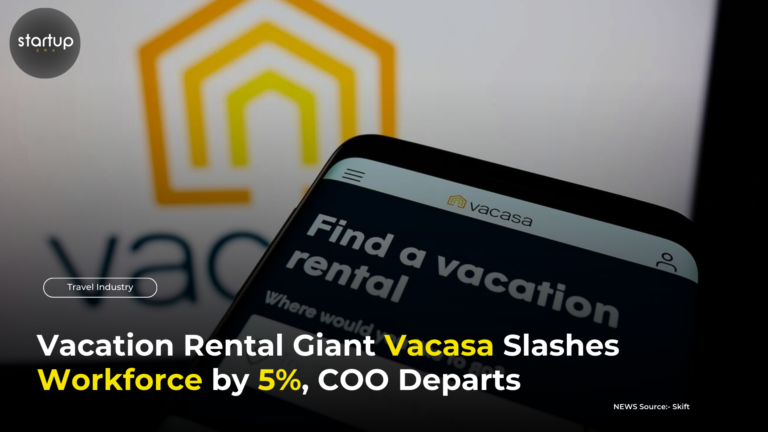


+ There are no comments
Add yours